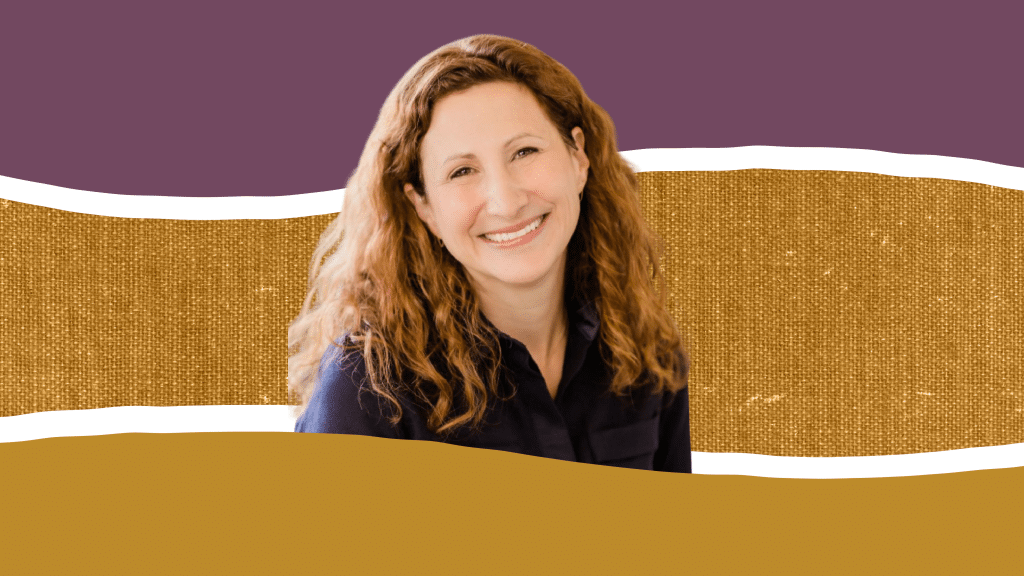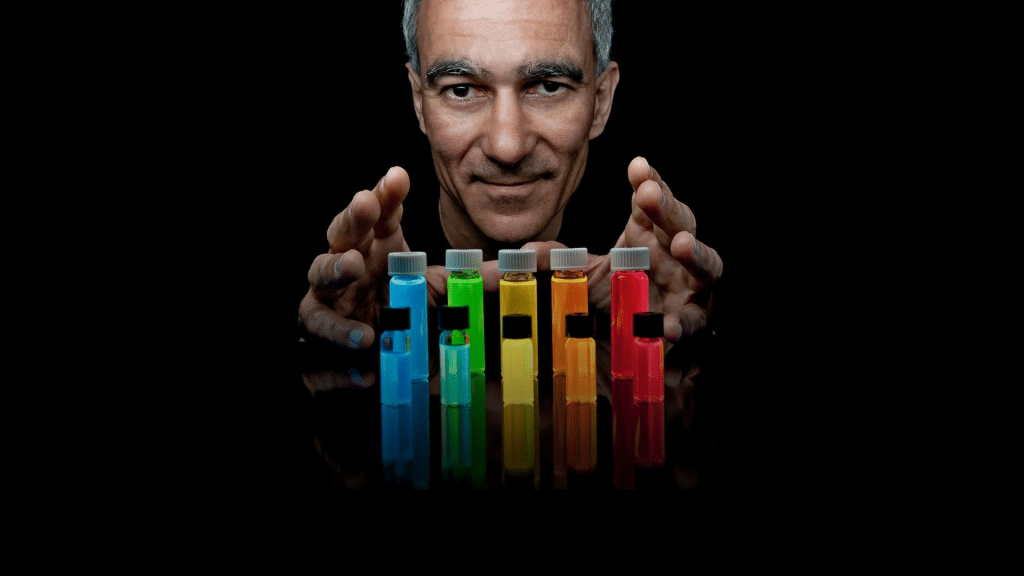In 2014, the Packard Foundation launched Starting Smart and Strong, a ten-year place-based early learning initiative in Oakland, Fresno, and East San Jose, California. The goal of the initiative is to significantly improve the quality of adult‐child interactions across all settings to ensure children grow up confident, ready to learn, and ready for kindergarten.
Now seven years into the initiative, we have learned much from our work. We are now creating a series of case studies exploring what we have learned about the core elements of Starting Smart and Strong, hoping that our experience is helpful to other funders interested in developing multi-year place-based strategies. The first case study addresses the important role of embedded technical assistance providers. Its author is Diana Garcia, a former Packard Foundation program research analyst, who worked closely with all three Starting Smart and Strong communities and the technical assistance providers partnering with them. I had an opportunity to ask Diana a few questions about her work exploring how technical assistance shifted over time as the initiative itself matured.
Sunshine: You joined the Foundation as a program research analyst to learn about philanthropy’s role in the early childhood space. How did this perspective prove helpful to your work at the Foundation?
Garcia: While I came to the Foundation with deep experience working closely with children and families in various sectors, my understanding of philanthropy was limited. Through my role at the Foundation, I was exposed to a variety of conversations with philanthropic leaders, community partners, and experts in the field, which naturally positioned me to learn by asking questions. I was particularly drawn to learning about the impact of philanthropy’s efforts on communities and organizations supporting children and families, and I asked questions that helped the Foundation better understand how these communities and organizations make decisions and what additional supports they needed.
Sunshine: How did you see the technical assistance role change over time within the Starting Smart and Strong communities, and why is that important?
Garcia: Initially, technical assistance providers were responsive to the needs of the Starting Smart and Strong initiative by providing hands-on support in all areas of work within each community. Over the course of the initiative, technical assistance providers have stepped away from the daily implementation work to take on a broader role focused on sustaining the impact and progress that has been made by their communities. This shift is important because signals that communities are taking on the daily work themselves and have more capacity now to sustain early childhood and systems change efforts through local leadership.
Sunshine: What makes a good technical assistance provider?
Garcia: It is important for technical assistance providers to match the needs of the community through the experience, expertise, connections, and resources they provide to support each community. However, successful partnerships also require trust, and that technical assistance providers have knowledge of local contexts. In Starting Smart and Strong, the technical assistance providers are credible partners who have built trusting relationships with community partners by adapting and responding to their changing needs. This includes championing the work led by communities and relaying back to the Foundation where the communities need additional types of support and resources.
Sunshine: Looking back at all we have learned through our work pairing technical assistance providers with communities, what might you suggest we do differently next time?
Garcia: One of the things we learned is how important it is to co-create with the communities with which we partner. Because we have learned so much about co-creation with communities in the last several years, this may now seem like an obvious approach to working with communities, however one thing the Foundation could have done differently is to let the communities take on a more direct role in selecting their technical assistance provider. Now that we are more than halfway into this work the early learning team has taken this learning to heart and communities will be deciding for themselves what resources will be most helpful for them moving forward, rather than it being predominantly a Foundation staff-driven process. In the final analysis, it is clear that philanthropy needs to lead by trusting communities in making decisions that are in their best interest.









